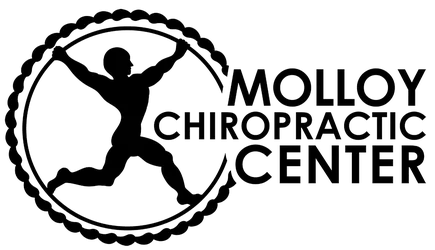These injuries are considered one of the if not the most complicated of joint injuries and require longer time to heal than most joint injuries. The glenohumeral joint has multiplanar ranges of motion which requires numerous muscles, tendons and ligaments to achieve the diversity of movements.
To accurately diagnose a rotator cuff tear and MRI is needed and if a S.L.A.P. tear (labrum) is suspected an arthrogram using gadolinium dye is needed.
The rotator cuff is made up of 4 muscles and tendons: Supraspinatus, Infraspinatus, Teres Minor and Subscapularis. The most common tear is to the Supraspinatus.
Most experts, including the American Academy of Orthopedic Surgeons recommend a 6 - 12 week course of conservative treatment before considering surgery as an option. Goals would be to increase the range of motion, ability to perform activities of daily living (grooming hair, reaching into overhead cabinets, getting a blouse or shirt on, etc.) and a reduction in pain.
Typically the patient has developed the condition from a fall on an outstretched arm or a repetitive use injury (such as throwing, playing tennis, hammering, sawing).
Most surgeons feel that if the patient is over 50 years old the surgical outcome is usually poor and they may actually get even worse so surgeons tend to avoid even considering surgery as an option for these patients
After symptoms initially present the patients tend to limit the use of the joint and this is actually making the condition worse and can lead to a "frozen shoulder" which is complicating the underlying injury and further decreases the chance of a favorable outcome.
At Molloy Chiropractic Center, Inc. we utilize several forms of therapy: attended exercises to increase the range of motion (wall mounted finger ladder) and strengthen as well as balance the area (rubber tubing, kettle bells, a Bailey wheel and a body blade), ultrasound to reduce inflammation, FAKTR to break up adhesions, a home exercise program and EMS to name a few. Close attention to proper movement of the scapula (shoulder blade) must be also considered and is often overlooked.
Our success rate is quite high and to date more than 95% of our patients did not require surgical intervention.


